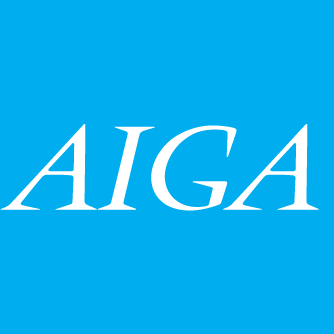The Day
Global Accessibility Awareness Day is on May 21st this year. The purpose of the day is to get people talking, thinking and learning about digital (web, software, mobile, etc.) accessibility and users with different disabilities.
The Event
Fresh Tilled Soil & Refresh Boston will be hosting a event to celebrate the day with lightning talks and a panel. You can RSVP through Eventbrite.
You can also view a series of short videos about why accessibility is important with contributions from some of the greatest minds in accessibility today.
Please join us in celebrating this great day!
What is Web Accessibility?
From the W3C:
Web accessibility means that people with disabilities can use the Web. More specifically, Web accessibility means that people with disabilities can perceive, understand, navigate, and interact with the Web, and that they can contribute to the Web. Web accessibility also benefits others, including older people with changing abilities due to aging.
Web accessibility encompasses all disabilities that affect access to the Web, including visual, auditory, physical, speech, cognitive, and neurological disabilities. The document “How People with Disabilities Use the Web” describes how different disabilities affect Web use and includes scenarios of people with disabilities using the Web.
Millions of people have disabilities that affect their use of the Web. Currently most Web sites and Web software have accessibility barriers that make it difficult or impossible for many people with disabilities to use the Web. As more accessible Web sites and software become available, people with disabilities are able to use and contribute to the Web more effectively.
Web accessibility also benefits people without disabilities. For example, a key principle of Web accessibility is designing Web sites and software that are flexible to meet different user needs, preferences, and situations. This flexibility also benefits people without disabilities in certain situations, such as people using a slow Internet connection, people with “temporary disabilities” such as a broken arm, and people with changing abilities due to aging. The document “Developing a Web Accessibility Business Case for Your Organization” describes many different benefits of Web accessibility, including benefits for organizations.

